I spent a lot of time thinking about how to approach writing about the Turner Prize at the Towner Gallery in Eastbourne. I am always slightly hesitant to write critical views of other artists work when they are likely to be negative, conscious as I am of the hurt inflicted on me by the Guardian critic who referred to my own work as being “full of forlorn frustrated sexuality” years ago. He may have been right of course, but it didn’t soften the hurt knowing that. Unfortunate then that this Turner Prize once again invites some harsh criticism if this is supposedly the best the contemporary British art has to offer.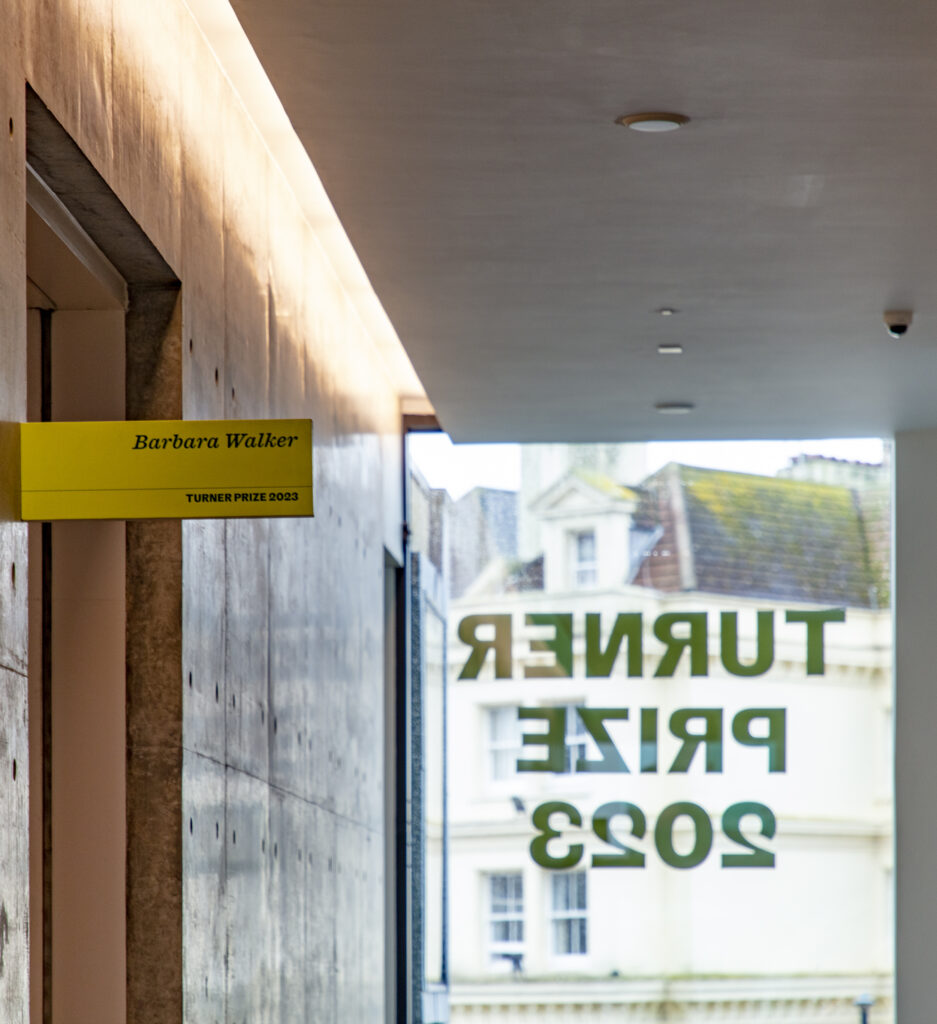
My 1950s dictionary defines art extensively as a ‘fitting, adjusting, joining, putting together’, a ‘human skill’; ‘an industry’ it goes on, but it’s a ‘set of principles, rules, precepts, gained by experience’. It engenders a “systematic method for carrying out operations requiring skill and training, dexterity, knowledge, taste,” to engender the “aesthetic expression of feeling and emotion or production of beauty” … “cunning artifice, skilful contrivance to persuade or deceive, craftiness”. It says an artist is “possessed of aesthetic knowledge and sensibility combined with skill in execution of one of the Fine Arts, showing artistic skill”. So is this displayed in the Turner prize show?
Next to this definition of artistic and art is a definition of ‘artless’ which it says is “free from art in a bad sense, not cunning, crafty, insinuating, or artificial; natural, simple, unaffected, innocent, unsophisticated, naïve”. This latter definition is perhaps best applied to the judges, who award the prize not just on what is shown in the Towner (just as well) but on previous shows in commercial and other galleries. I visited more than once and sat and contemplated at length in trying to decide whether I’m a 20th century man living in the 21st century who has no contact with what passes for art these days (despite my own practice) or whether it’s some of these exhibitors who fit that definition.
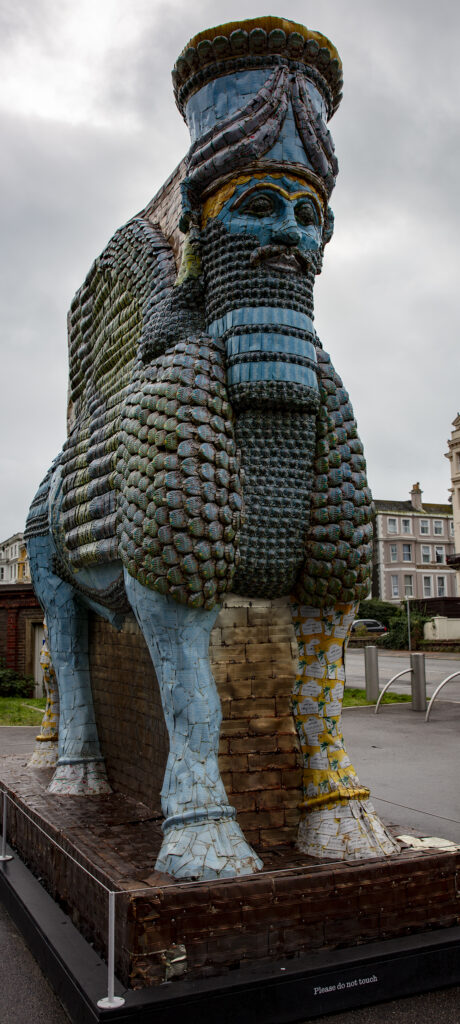
From the 4th plinth in Trafalgar Square, Michel Rakowitz’ Assyrian Iamassu deity. Reproduced in empty Iraqi date syrup tins, the original destroyed by Muslim barbarians
I’ll take them one by one shall I and have a look and see what I think of these displays filling the spaces for weeks on end. It is tempting to view the refugee from a plinth in Trafalgar Square (by Michael Rakowicz) that now occupies the previously blank sculpture court outside the Towner as actually setting a standard for the work inside to match. If that were the case, you could save yourself time and effort by only going to see one of the shows inside. For of the shows only one really compares with the quality set by this and by previous shows at the Towner like the lovely David Nash show of 2019 or even like the rather bland recent show by sculptress Barbara Hepworth.
Maybe it is the kiss of death for the prize to pick one piece as being head and shoulders above the rest of the works here, especially as the prize is given for something the judges have seen that we cannot. I suppose it will not surprise many that I would pick out Barbara Walker as standing head and shoulders above the other three. For me this is real art that shows real skills, super skills that show a sense of scale and generate an emotional engagement with the images created. Barbara Walker uses a careful juxtaposition of both background image and the images of her people, using both imposition and subtraction, playing perception of image against words, emotion against bureaucracy, to generate power in her art.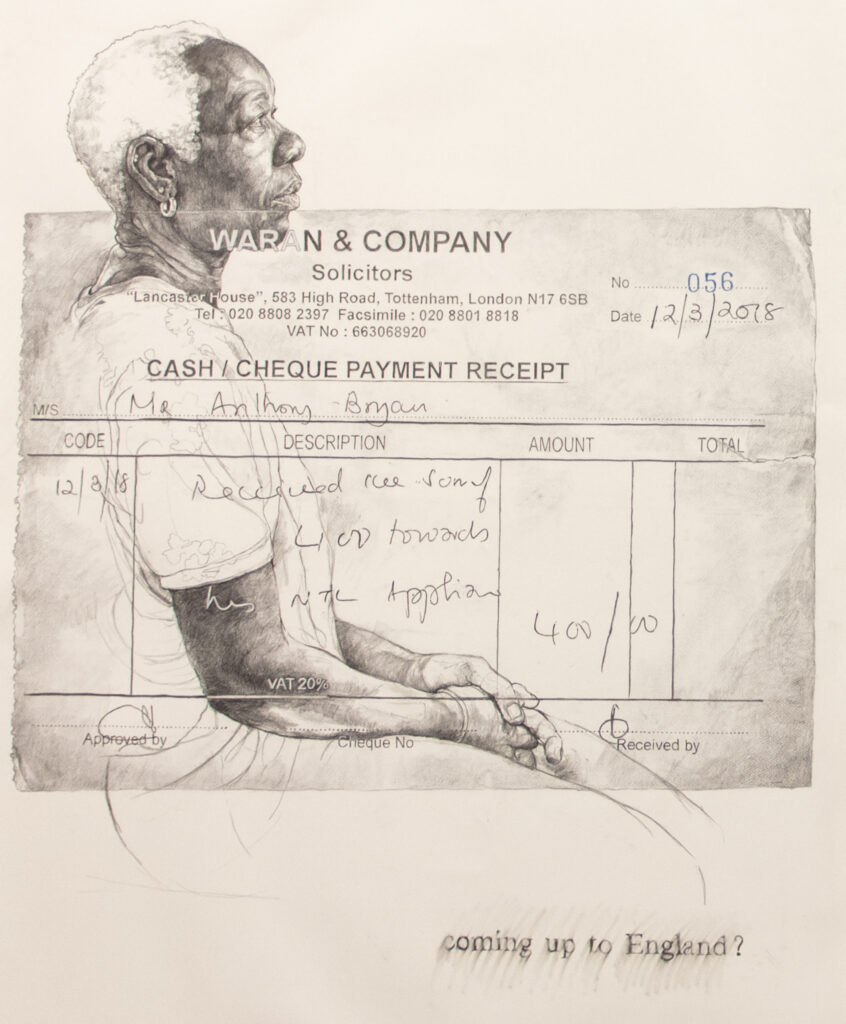
There are sets of portraits around the walls of Windrush survivors who have become British citizens after initial betrayal by a series of governments in the way that they were treated. Above them are very large portraits of the same individuals works, made directly onto the white plaster walls and sadly scheduled to be removed at the end of the show. Walker starts by hand copying onto her ground the documents that relate to the individuals so well done that indeed they look as if they’ve been photographically reproduced, but they have that handcrafted quality that saves it from that. Having done all that work she then proceeds to work over the top with her white gesso editing and tinting the bureaucratic statements. Over this she then proceeds to make her portraits of the individuals.
All these portraits are large scale (obviously I didn’t measure them) but I would suggest that probably at least A0, or in imperialist talk double elephant sized.
The documentation allows the portraits to come alive as real individuals. There is social engagement as Rubens would understand it, with skills too in the way that Rubens used his skills to enhance his portraits. The quality of the mark is good, the mark of human hand, not machine, the autograph of the artist. It is not the entertainment approach which features in some of the other works, there is no thought for anything except justice in the expression of these portraits, justice to the individuals she is drawing, justice in drawing their case to the attention of the public, and justice in the way in which she uses her own skills. All enhancing reputation her own reputation, but the works stand alone and have that quality I demand of all art, that they will stand the test of time so that even if buried in some Art Council cave they will be pulled into view in a hundred years and still carry their meaning.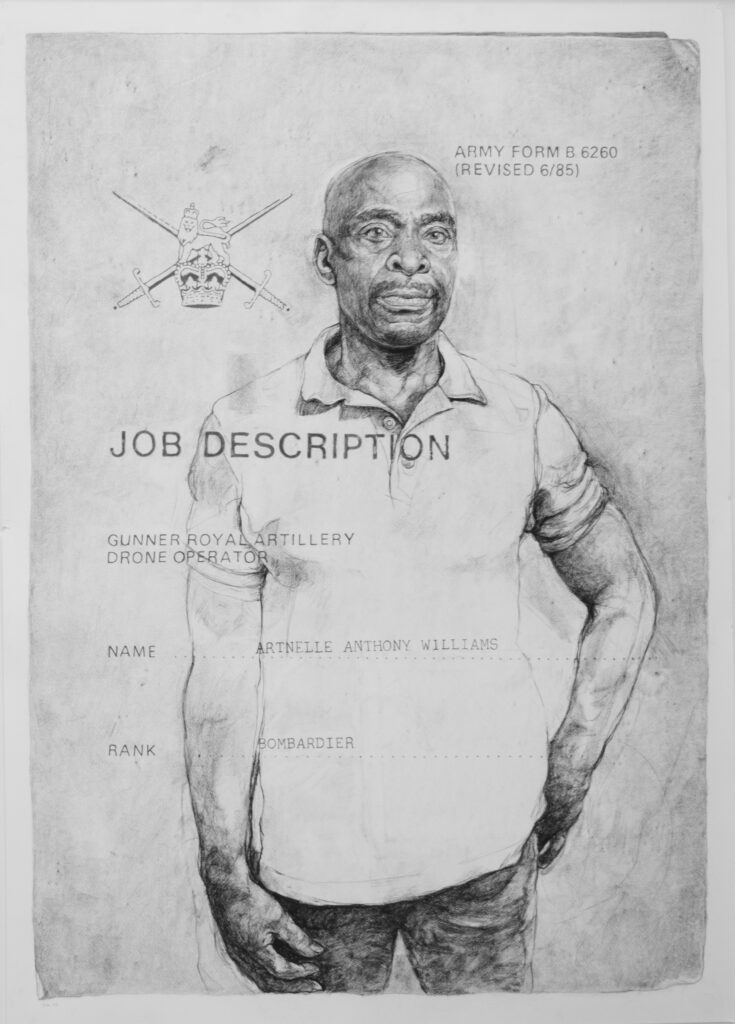
The Windrush scandal was a product of incompetence I suspect rather than pure malice. My grounds for saying so come from personal experience confirmed by others. My father was an RAF man for 35 years and his 3 kids, I being one, were born in different locations. My sister was born in South Yemen when Aden was a British base. 17 years later my father had been posted to Cyprus and left sister and I pursuing our lives in the UK. My sister decided to join the family to live in Cyprus so applied for a passport. She received a visit from Home Office officials concerned she was an illegal immigrant as they had no record of her arriving in Britain and she had, of course, listed her place of birth as Aden, South Yemen.
The threat of deportation was short lived after dad cadged a lift back to the UK and sorted officialdom out (I found my sisters arrival in a Moses basket under mum’s arm off the troopship at Southampton recorded in the ships records), and I wrote about it on this blog and was astonished to receive similar tales from, for example, a soldiers son whose birth was registered with the British Embassy in Berlin who had similarly been told he was an alien. Service children seemingly treated as the Windrush guys were.
The Windrush immigrants, invited to come, were treated with similar incompetence by the Home Office but did not have service men and service organisations to fight their corners in the same way, and the Walker images record their battles, despite some being again ex-servicemen. Our national administration system, much lauded by the Establishment as ‘gold standard’, is totally incompetent across the board. To see this as simple racism is to severely underestimate the problems we face as a nation. Walker’s powerful work exposes the Establishment nastiness and incompetence.
The Turner Prize itself has been attacked so frequently for the art it portrays as the Best of British, and the show itself may reflect similar Art establishment incompetence as the Windrush affair is reflective of the civil service incompetence. It might be cruel to think that the Arts Council, distributor of £650 million art funds every year has started to rotate the Turner prize around regional galleries to deflect criticism from the Tate. This will not bother Joe Hill and the Towner crew as they gratefully receive the funds that come with the show. For those of us who are unwilling to travel to the capital, risking lousy transport systems, crowding and cost to get their ‘fix’ of great art will surely reflect that shows like previous ‘100 years of the Towner’ fed our addiction better than much of what is shown here.
The other three entrants in the ‘competition’ include two whose work is uncomfortable in the clean unforgiving spaces of the Towner. It looks as if they struggled to make effective use of the large well-lit galleries, and the first gallery is a hodge podge of screens explaining the prize and giving the pr best for each artist, easily by-passed to see the exhibitions, almost as if it is there because the exhibitors couldn’t summon the spatial coherence that Walker and Pilgrim manage in their shows, and thus fill the space available. Given that Ghislaine Leung claims to write “score-based artworks” for implementation by the gallery team in “close conversation with the artist” one has to wonder whether she ever saw the space her ‘objet trouvé’ installation attempts to fill. Her introduction talks of water being used to ’cancel sound’ but as a new wearer of hearing aids her fountain did the opposite generating enough noise in the gallery to be a reasonable facsimile of a jet plane at take-off – painful. It could make a useful addition to the facsimile deity standing guard outside the Towner though.
Jesse Darling too seems to have struggled with the Towners’ space. The delightful domestic pieces are overwhelmed by another of those absurd attempts to articulate the space, not with scaffolding as in a previous show here, this time with crowd barriers, which one mustn’t of course lean on to get a closer look at the small sculptural pieces as “they are part of the exhibit, please step back”. The accompanying script attempts to make the audience see links with the Big Dipper etc, of the seaside – part of the ‘curator speak’ that these days tries to put allusions into the mind of the audience that the eye cannot see for itself because the work doesn’t, well, work…. The small pieces display that delightful English whimsical quality along with amusing sexual allusions that will no doubt delight that same Guardian critic who read similar into my work all those years ago. The artist’s intimate little works would work well in domestic spaces and reflect domestic life in an artistic tradition reinterpreted, and as such are eminently collectable. The use of the industrial crowd barriers for me grated in brutal contrast with the sensitivity and humour in the smaller pieces, and the way they worked in the gallery space suggested more an attempt to populate empty air than anything else, although apparently in harmony with previous exhibitions.
It seems to me the prize goes between Pilgrim and Walker. I sat through one of the presentations of Rory Pilgrims work, enjoying in part the doggerel poetry, and the typical inner city feel of the show. Having taught in colleges in inner city London and made participatory visits to secondary schools in South London I got the feel of the worthiness of Rory Pilgrims work with his local community. It deserves recognition, but does it present as art or as a successful mixed media social programme? Could it be taken out of the Arts Council cave in a hundred years’ time and stand meaningfully as art? Is it like a passing cloud, one of those events that feature on arts programmes on TV but fail to maintain relevance over time? For me his work raised many questions, not of the right kind as art, certainly as the right kind as regards social engagement. It probably meant a great deal to the participants including Rory Pilgrim on his harp. The smell of the inner city as a cultural island came strongly with it. It ticks all the right ‘woke’ boxes so may well usurp my choice as the winner here.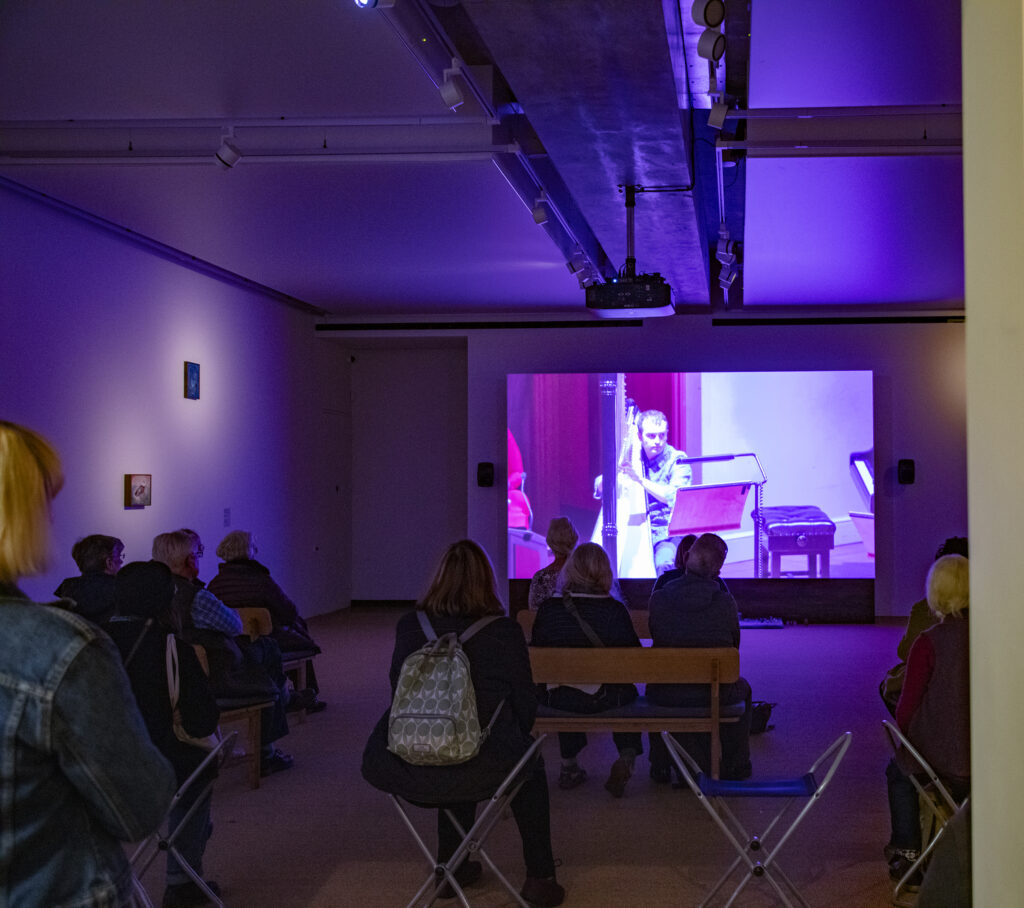
For me the greater expression of those definitions of what makes an artist in the portraiture of Barbara Walker makes her my choice as the winner of the £25K. I hope one of the works can stick in the Towner collection which, as the little show from its own collection adjacent to Pilgrim’s space, has some poor examples by some good names, showing the need for some new quality additions, not just the cast offs the rich folk in London don’t want in their grand art palaces where they keep the good stuff. Exhibiting next to the gallery’s local hero, Ravillious, poor examples of Heron and company just emphasise how judicious following of some of the strong local artists like Roger Dean could enrich the local collection. Adding a Barbara Walker would be a good step forward too.
You can follow me on Facebook

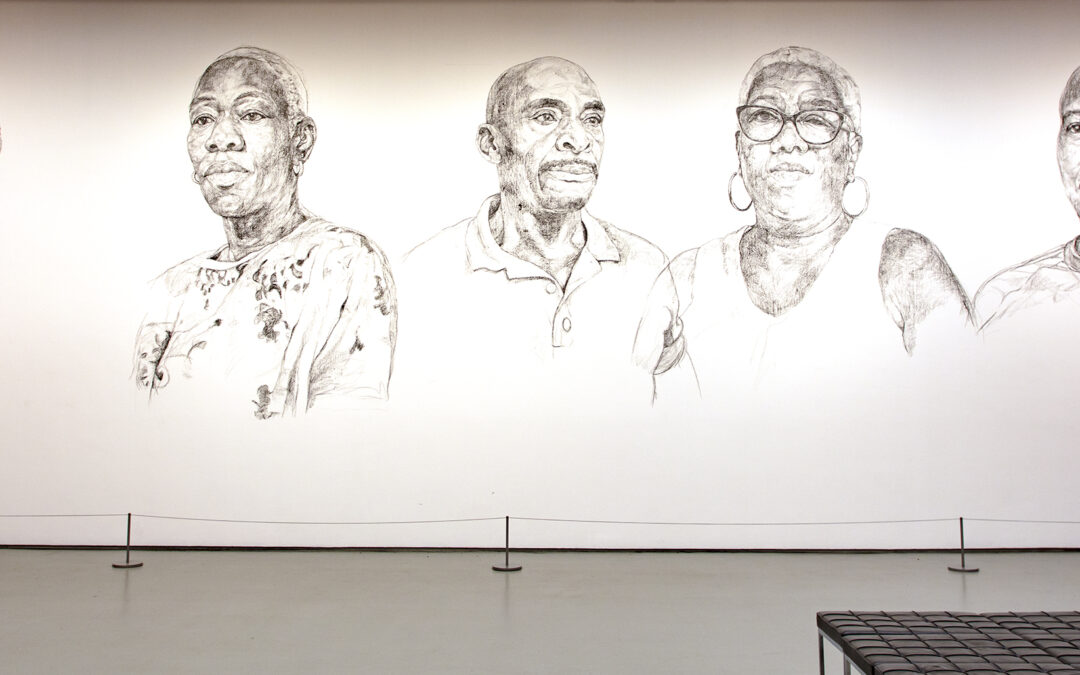
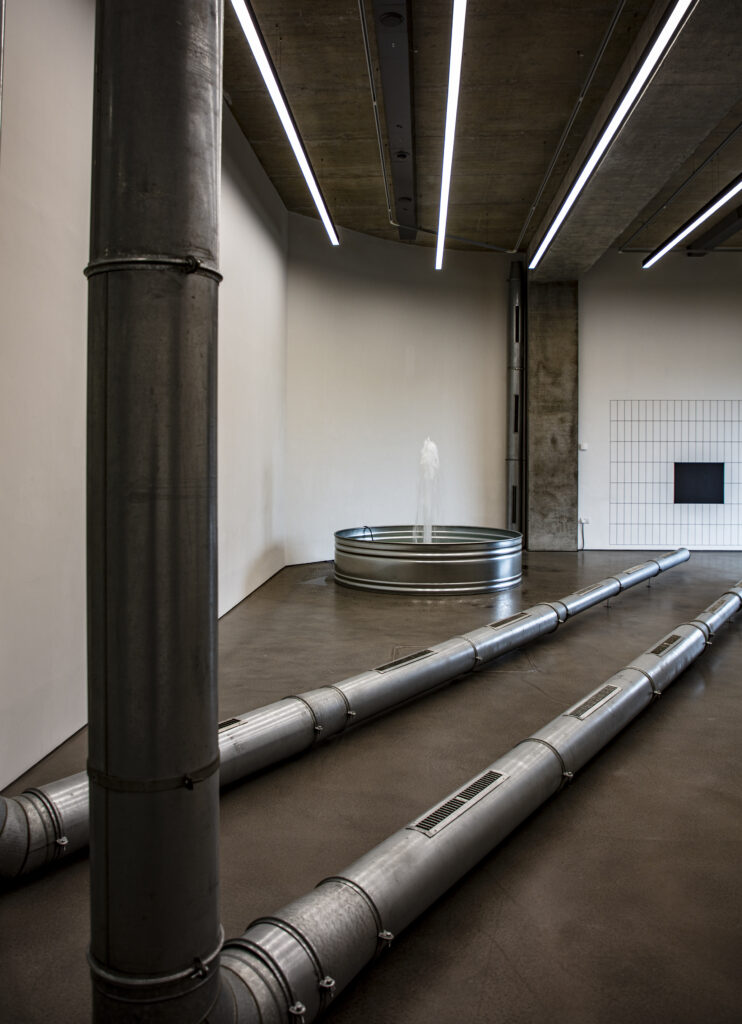
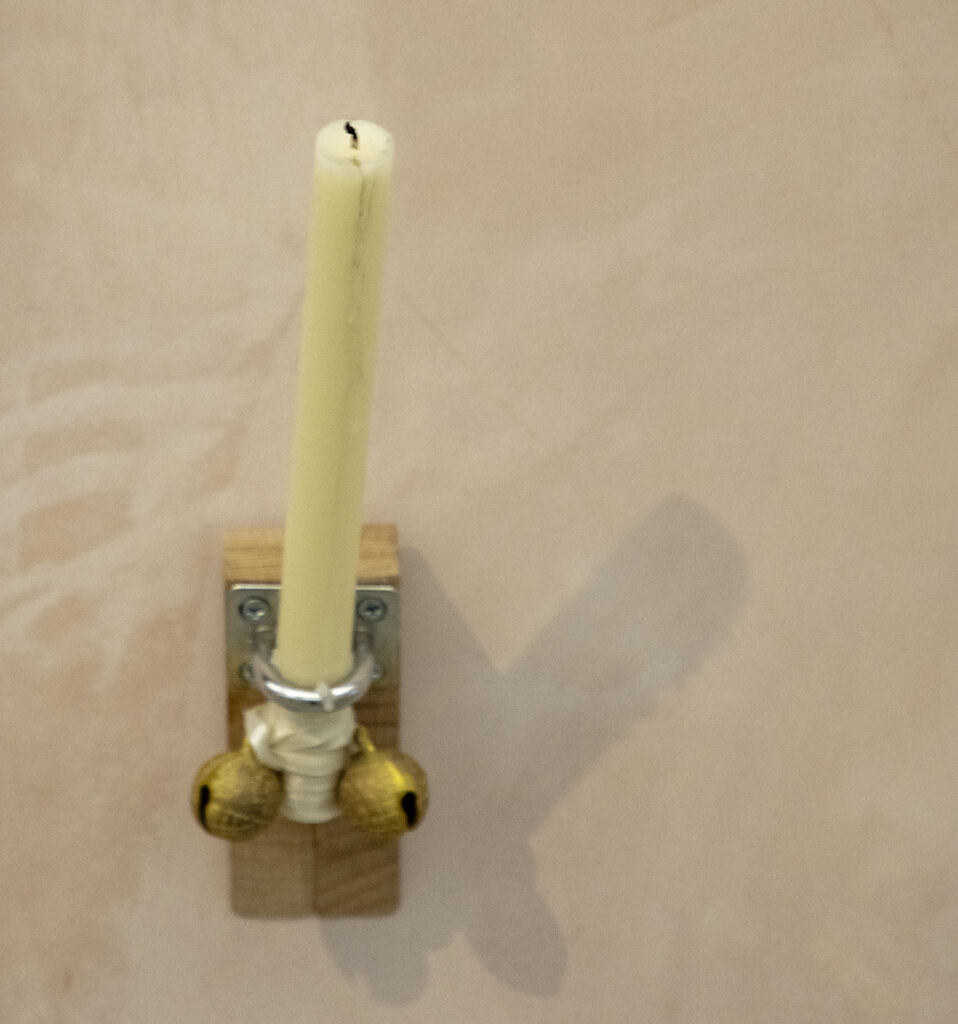
Pointless, is a long running TV
Quiz in which contestants try to score as few points as possible by plumbing the depths of their general knowledge to come up with the answers no-one else would merit.
The Turner, a well funded competition in which selected judges plumb the depths of their artistic knowledge to come up with answers no one else would merit.
You have to wonder, could the titles be inter-changeable?
There must be an apparent mantra that somehow dictates the strength of the backstory dictates the value or quality of the artwork… how else can we arrive at the Turner outcomes?